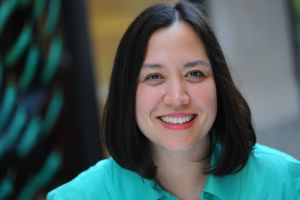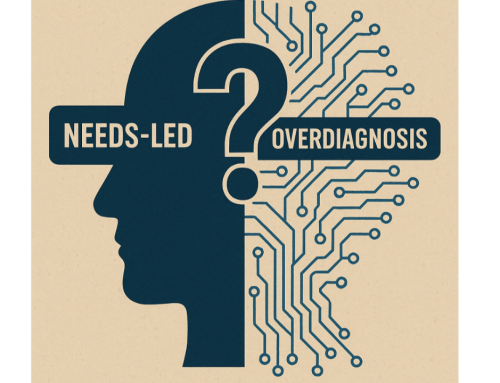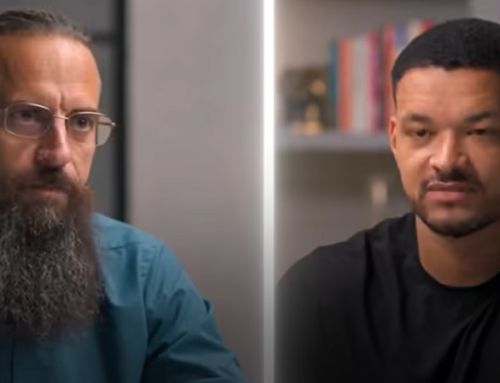Autism Is an Identity, Not a Disease: Inside the Neurodiversity Movement

Katherine Reynolds Lewis
This article, by published Katherine Reynolds Lewis, Published in Elemental way back in 2020 is still as relevant today.
Activists argue that rather than trying to ‘cure’ or treat the neurodivergent, society should learn to accept, appreciate, and accommodate their needs.
At its core, the article is a ‘call to action’ – a plea for society to shift its perspective. Rather than fixating on ‘curing’ or treating those who are neurodivergent, it urges us all to learn acceptance.

Ellie Middleton
I recently had the opportunity to discuss it with my good friend and advocate for autism and ADHD, Ellie Middleton (author of Unmasked fame), Ellie commented “I really loved the article – it’s 100% what I think and am trying to advocate for! I think it’s really important that actually autistic people are at the centre of any conversation about autism, and that any non-autistic people that are looking to support us do so in a way that suits us rather than what they think is best. I particularly loved this section that shouts to the importance of accepting autism as part of our identity.” This empathetic approach ensures that the conversation about autism is authentically shaped by those who live through the experience.
“Nobody would dare say I should bleach my skin or straighten my hair or have a name that’s more Eurocentric,” she said, and yet, most early childhood autism intervention programs focus on multiple hours a day of controlling practices aimed at forcing neurodivergent children to conform to neurotypical standards. Whilst society embraces the idea of personal autonomy, when it comes to neurodivergent children, society often leans towards conformity, and hours of interventions attempt to force them into neurotypical molds.
Gina Onaiwu speaks profoundly of this with her statement: “People don’t see disability as an identity; it’s a condition to be cured. No, we do not want a cure for a part of our neurology that’s a part of who we are, just like there’s no cure for Blackness.”
For many autistic adults, Autism Speaks is the enemy, and represents the goal of eliminating autism rather than embracing autistic people as part of human diversity.
Activists argue that rather than disabled people trying to conform and pass unnoticed among the general population, the world needs to change to accept, appreciate, and accommodate the needs of millions.
The full article is linked below by Katherine Reynolds Lewis, a testament to the enduring significance of the Neurodiversity Movement and its call to action.
Extract below – but follow the link to read the full article.
At first glance, the Autistic Self Advocacy Network (ASAN) annual gala in November looked like many a Washington, D.C., nonprofit fundraiser. Approaching the swank ballroom of a downtown hotel, I saw the standard check-in table by the door, and coat check nearby.
But with my drink ticket, I received an unusual packet: a set of color-coded communication badges to display like a name tag. Green signifies “actively seeking communication and happy to be approached for a conversation.” Yellow means “I only want to talk to people I know.” Red indicates “I don’t want to talk to anyone.”
I clipped a green badge on my jacket, and proceeded into the event. At the tables, each place setting sported a colorful stim toy — a small object to fidget with in order to self-soothe — and a list of potential table conversation topics, including “If you could eliminate any societal unwritten rule, what would it be?” and “Should small talk be illegal or just discouraged?” a nod to the discomfort many autistic people*feel when making conversation with strangers. Since clapping can cause a sensory overload for some people, the audience used flapplause — flapping hands in the air above our heads — to signal enthusiasm as speakers took the stage. Some attendees rocked in their seats, or played with their phones or stim toys, or took breaks in the nearby quiet room.
Moderator John Marble apologized for forgetting his glasses, with a little joke. “Please bear with me if I look sometimes at these notes, but if you can’t be awkward at an autistic event, where can you be awkward?”
This is autistic culture. And this event was a living example of neurodiversity, a concept that emerged in the late 1990s to describe variation in brain wiring, which can include autism, depression, attention-deficit hyperactivity disorder, intellectual and developmental disabilities, dyslexia, epilepsy, and more…
You can also download a PDF of the article here.





